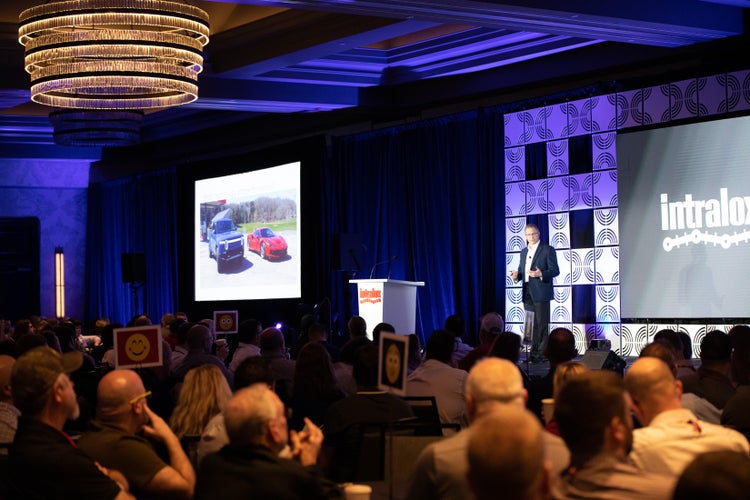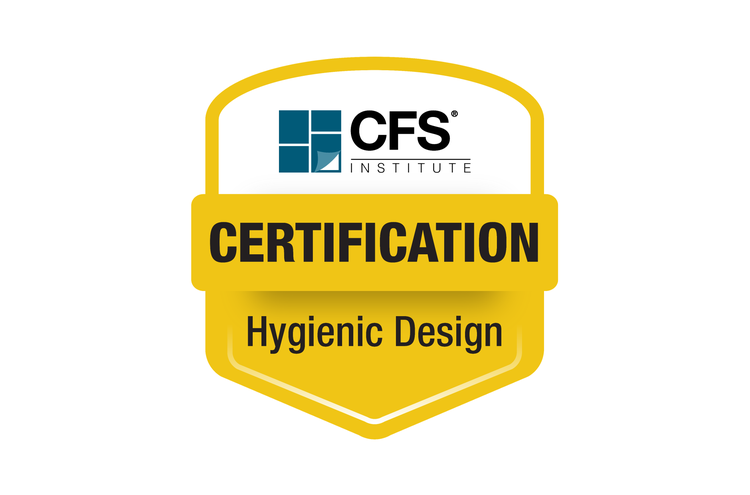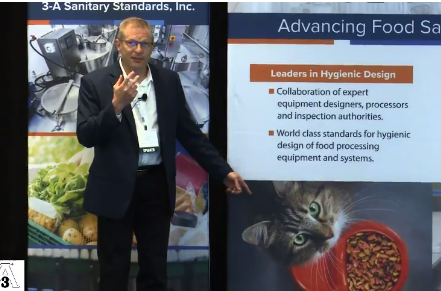The core principles of designing for greatness

NEW ORLEANS — Food production is an important business. It feeds the masses in the safest possible way. During NEXT, a conference hosted by Intralox March 8-9, the company presented programming that heavily focused on hygienic design and best practices around safe food production.
"We believe business to be a noble pursuit and can think of no higher calling than the business of creating safe food."
Intralox stands on a foundation of nobility in business, and that includes food safety. “We believe business to be a noble pursuit and can think of no higher calling than the business of creating safe food,” said Killian Lapeyre, business unit manager at Intralox.
One way the company focuses on safe food production is through its business unit, Commercial Food Sanitation (CFS). With a theme of “designing for greatness,” Darin Zehr, general manager for North America at CFS, spoke to attendees on core principles around sanitary equipment design.
“We know that when companies follow hygienic design principles in their operation that their food safety risk is reduced,” Zehr said. “We also know that when design is done right — including those sanitary design principles — there’s more than just food safety. The opportunity is greater for efficiencies and better outcomes.”
Innovative design leads directly to an improved operation, and that allows for better business results.
"Ultimately, innovative design maximizes opportunities."
A new facility or processing line must meet several needs. Whether it’s logistics, production or maintenance, hygienic design touches them all. But when different teams are strictly focused on their own objectives, design can feel like an extra puzzle piece — not one that’s missing — one that just doesn’t quite fit into any specific silo.
That’s why it’s important to consider design across every facet of the process.
“Rather than having that extra puzzle piece hanging out there, it’s important to have a cohesive unit that has the same target and addressing the operation in its entirety,” Zehr said. “It’s taking into account all the aspects and functions that are needed.”
Good design can change, reduce or increase. It can reduce things like downtime issues in quality or food safety. Or it can increase things like capacity and efficiency.
But ultimately, innovative design maximizes opportunities.
“The need to change is driven by the need to design for maximizing opportunity,” Zehr said. “And that’s not the opportunity to be mediocre. It’s maximizing the opportunity to be great.”
That’s the heart of designing for greatness.



